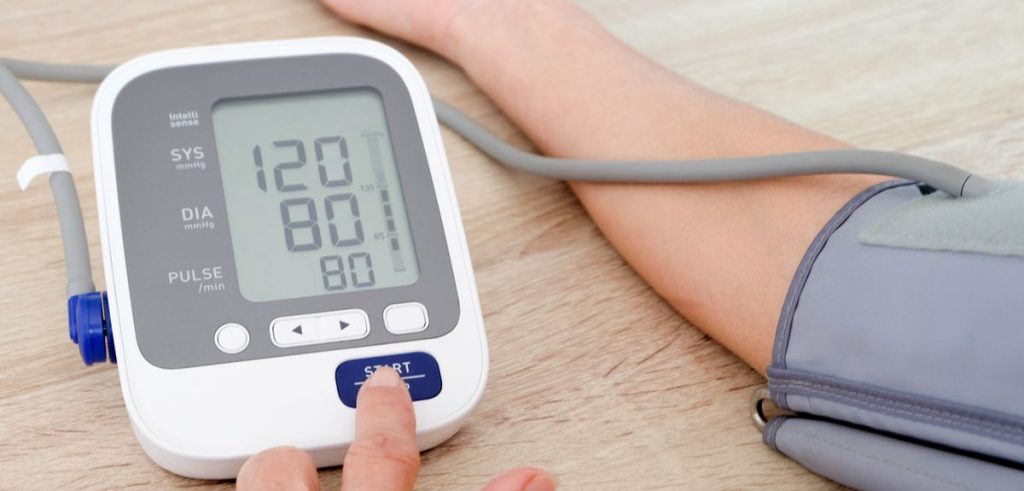What’s up, busy readers? If you’re on the go like just about the rest of us these days, you probably look for some shortcuts that allow you to do everything in less time. I know I do!
One thing in the sort-of-shortcut pile is those blood pressure checks you see in stores. On the surface, they seem like a great idea–a way to regularly check your blood pressure as you should without any inconvenience. After all, they are right there in the store, and you can do it while you’re waiting for your prescription, order or the other person you’re at the store with to finish up.
In theory, these check machines are not a bad idea. They do give people who don’t regularly go to the doctor a chance to check their blood pressure, and they give people who have high blood pressure or are borderline the opportunity to check their numbers over time.
However–you knew this was coming–there is the question of accuracy to consider. Some studies have found that the blood pressure check machines in retail establishments are not reliable. One reason is recalibration, which must be done regularly to ensure the machine works properly. Another problem is the cuff size, according to the FDA (https://www.fda.gov/consumers/consumer-updates/blood-pressure-monitoring-kiosks-arent-everyone). A cuff that is too small will inflate readings, and a cuff that is too big will return an inaccurately low reading.
Given all of these factors, it’s not shocking if you’re ever gotten wildly different numbers after checking your blood pressure on a drugstore machine more than one time on the same day. Of course, keep in mind that genuine blood pressure readings can change from one minute to the next, although those variations shouldn’t be dramatic. Generally, your blood pressure is at its highest first thing in the morning hours and after any physical activity. Ideally, you should measure it sitting down, without your legs crossed, after you have been seated comfortably for at least five minutes. These are the conditions doctors use to determine whether you need hypertension treatment.
If you are concerned about your blood pressure monitors, consider trying a home monitor. At home, it’s easier to create the conditions you need for more accurate readings, and you can get one of these devices for about $50 and up. Make sure you take daily readings and keep track of your results so you can share them with your doctor.




